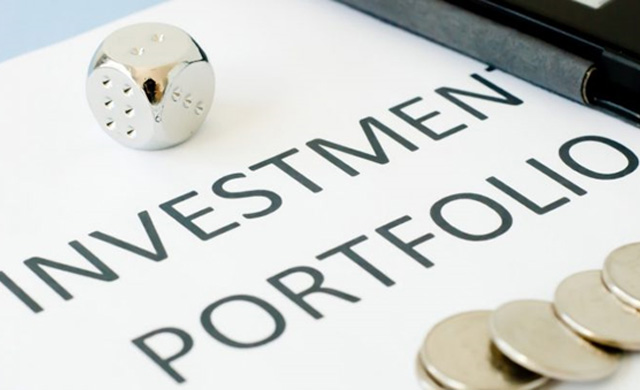Xerox (NYSE:XRX) shares declined Friday in response to the company’s Q4 and full-year earnings report. Its share price began the day above its 120-day moving average, only to fall abruptly and dramatically from 13.25 to a low of 12.94, remaining under its 120-day moving average for pretty much the rest of the day, closing at 13.17. Shares have gained 0.30% today and are currently at 13.21.
The Ghosts of Rochester Past
Xerox is one of the Ghosts of Rochester Past. I’m speaking of Rochester, New York. In the 1970s and early 1980s, the city was the world headquarters of imaging technology, home to both Kodak and Xerox. It seemed like 80% of the people who lived there worked for one of the two companies. For all practical purposes, both, at least in terms of being major employers, are gone. Kodak, which at one time own more private roadways than the city of Rochester itself, failed to optimize its digital technology, fearing that it was too far ahead of its time and, on the other hand, the demise of its film and processing businesses, which they eventually lost anyway.
Xerox, the other global giant who grew up in the Rochester suburb of Webster, fell prey to somewhat of the same mentality, but, fortunately did not wait until it was too late. The company has been rethinking and re-configuring itself for more than 10 years after competitors began taking bigger bites out of its copier market share and the demand for copiers declined. Today, Xerox is headquartered in Norwalk, Connecticut, and the University of Rochester is the city’s largest employer.
The Ghost of 2014 Past
Once the king of copiers, Xerox has redefined itself with a focus on document management, payment processing and information technology outsourcing services., the latter of which will be sold to Atos SA for $1.05 billion. By any definition, what was once a manufacturing company is now primarily a service provider.
Although 2014 was not a stellar year, Xerox did perform better than many expected, bringing in total revenues of $19.5 billion, down (2%) from FY2013, including a (5%) decline in sales from $5.58 billion to $5.28 billion. That amount was exacerbated by a (7%) decline in sales in the fourth quarter from $1.5 billion to to $1.4 billion.
Nonetheless, the company was able to reduce expenses by about $2 million in Q4, resulting in a 7% increase in pre-tax income and a 3% increase in income from continuing operations. The final quarter held the company’s full year pre-tax income to a (3%) decline and a (4%) decline in income from continuing operations.
This was Xerox sixth consecutive quarterly decline in revenue.
The Ghost of 2015 Future
Because about 30% of Xerox revenue comes from business outside of the United States, the fluctuation of the dollar against the euro and other currencies put a hurt on the company’s 2014 earnings. It portends to do the same in 2015, so management has adjusted its expectations for 2015 from $1.05 to $1.11 per share downward to a range of $1.00 to $1.06 per share.
On a positive note, the transformation seems to be headed in the right direction. The services side of the business increased during the fourth quarter, whilst revenue from the printing side continued to decline. Xerox increased its quarterly dividend to $0.07 per share.
Chairman and CEO Ursula Burns said, “We’re encouraged by these results, which demonstrate our ability to win in segments where Xerox is uniquely differentiated like healthcare, graphic communications and transportation. Services revenue growth improved and margin expanded both sequentially and year-over-year. This is an indication that our plan is delivering positive results. Total contract signings increased 20 percent, driven by renewals. We continue to lead in Document Technology, where we are executing well and where we expanded profit year-over-year.”
So it seems.


 Hot Features
Hot Features













